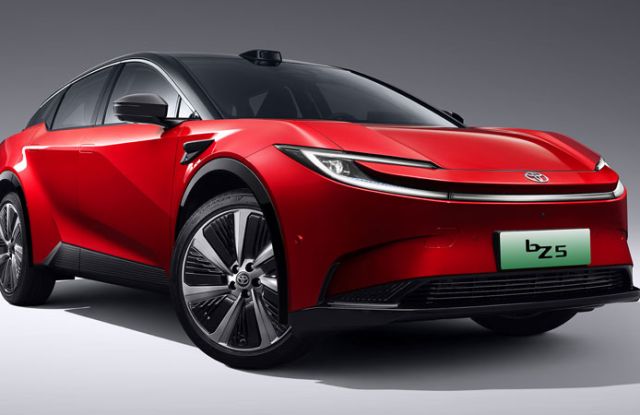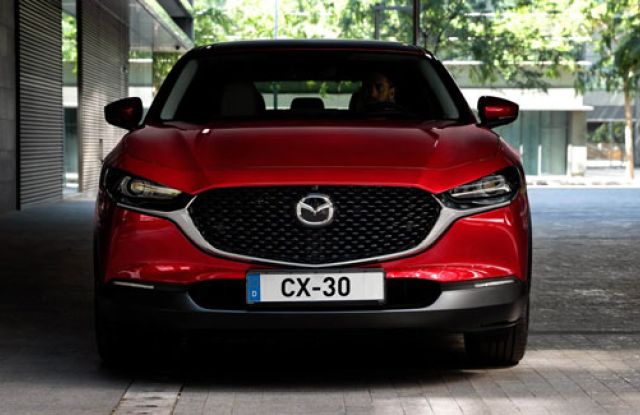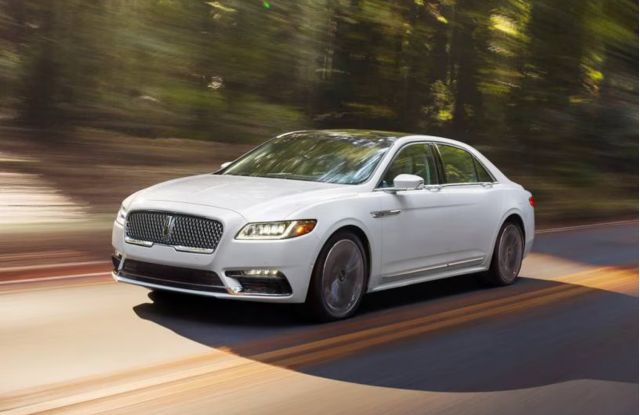The 2010 Prius, as one of the world’s most successful hybrid models, once set a benchmark for eco-friendly vehicles with annual sales of 510,000 units . 15 years later (August 25, 2025), its used value is not only affected by vehicle condition but also closely tied to the evolution of the global hybrid market, recall incidents, and regional policies. This article will deeply analyze the market conditions of the 2010 Prius across three continents and expose hidden risk points.
1. Core Value Range of the 2010 Prius: $8,000 (Significant Regional Differences)

| Region | Low-Mileage Condition(<100,000 km) | High-Mileage Condition(>200,000 km) | Key Influencing Factors |
| North American Market | $8,000 | $3,000 | recall repair record |
| European Market | €4,000-€6,500 | €1,800-€2,800 | carbon emission tax policy |
| Asia-Pacific Market | ¥20,000-¥38,000 | ¥6,000-¥12,000 | battery replacement cost |
Note: The top-end solar sunroof version has a premium of about 15%, but vehicles with scratches or accident damage may depreciate by 50%.
2. Core Reasons for Depreciation of the 2010 Prius
Global Recall Incident (Latest 2025 Alert)
- The 2010 Prius was included in the global recall list due to defects in the brake electronic control system, involving 440,000 units.
- Must verify repair records: Vehicles without updated control programs pose safety risks, with value depreciation exceeding 30%
- Recall scope: 155,000 units in the US / Undisclosed in Europe / 2,378 units in Australia / Entire Japan.
Battery Lifespan Crisis
- The original hybrid battery pack has a lifespan of approximately 10-15 years, with replacement costs as high as $2,200-$4,500.
- Key detection point: Read vehicle computer codes (fault code P0A80 = battery scrapped).

Market Positioning Dilemma
- In markets like China, it faces the cognitive awkwardness of “not pure electric / not fuel-powered,” becoming more disadvantaged after the decline of new energy subsidies.
- User research shows: 37% of owners regret purchasing, mainly due to “cost-effectiveness below expectations.”
Design Generation Gap Issue
- The 2025 new Prius has a guide price of $28,000, equipped with the fifth-generation hybrid system.
- The 2010 model has only 38% fuel efficiency (new Prius fuel consumption: 3.9L/100km vs. old model: 4.2L/100km).
3. 2010 Prius Buying Guide
Essential Checklist
- Recall repair verification: Log in to the [Toyota Global Recall Query System] and enter the VIN code.
- Battery health report: Use the Dr. Prius App to read battery module voltage difference (>0.3V = degradation).
- Accident inspection: Focus on checking the rear suspension (hybrid system load-bearing area).

Bargaining Strategies
| Fault Signs | Price Reduction Range | Solution Cost |
| Battery warning light flashing | 30%-40% | $2,200+ |
| Soft brake pedal | 15%-25% | $600 (program update) |
| Solar sunroof failure | 5%-10% | $1,100 replacement |
4. Special Attention for Global Markets (2025 New Dynamics)
- North America: California has the highest value retention (hybrid lane privileges), while Texas has the highest depreciation rate.
- Europe: Germany/UK impose high CO₂ taxes, increasing annual holding costs by €180-€300.
- Asia:
- Japan: Local vehicle sources are sufficient, but market share has plummeted from 31.7% to 1%.
- China: Reputation is polarized, with negative review rates as high as 68%.
5. Suitable Groups for the 2010 Prius

Recommended Groups
- Ride-hailing drivers with annual mileage >20,000 km (significant fuel-saving benefits).
- DIY enthusiasts (can replace battery modules independently).
Avoidance Suggestions
- Vehicles with unverifiable recall repair records.
- Vehicles where the engine frequently engages after cold starts (battery near scrapping).
Despite its flaws, the Prius remains a living fossil in the evolution of hybrid technology. Toyota achieved brand resilience after the recall crisis through its “Kaizen” culture (Kaizen), but the 2010 model is more suitable as a technical research sample than a main commuter vehicle.
-
Everything You Need to Know About the Volkswagen Atlas 2025
-
Toyota BZ5 Review – Pros, Cons & Why It Matters
-
Mazda CX 30 Review – Is It the Best Crossover for You?
-
Everything You Need to Know About the 2020 Lincoln Continental
-
Inside the 2025 BYD Seagull: Range, Design, and Tech Explained



